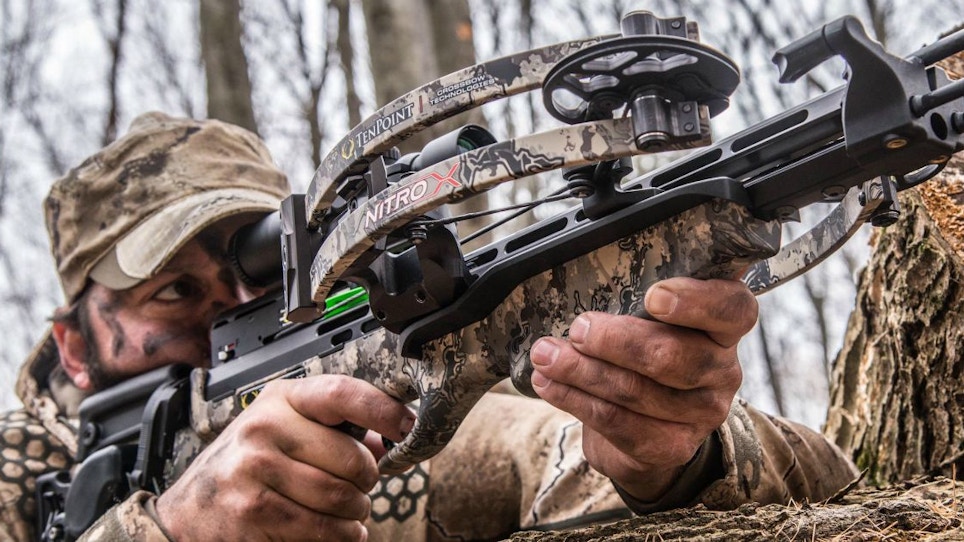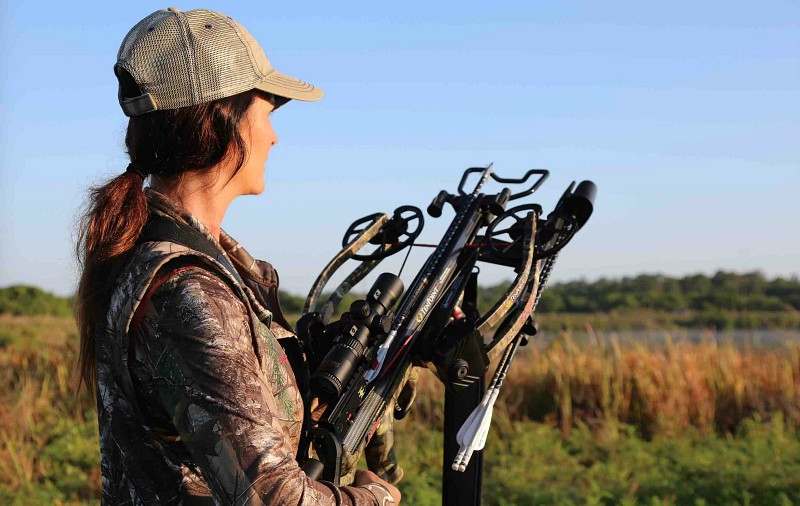Using and maintaining a crossbow safely might seem like common sense, but it’s the easy to overlook details that can cause issues or even disasters. Having a mental checklist of things to watch for and do each time you cock your bow, put an arrow on the rail and shoot should be as regular as operating your vehicle or shooting a firearm.
Hunting and shooting any tool of the trade comes with inherent danger, which is why most outfitters have hunters sign waivers to participate in archery adventures. Most of us have taken some version of a hunter’s safety course, and the common-sense rules pounded into our cerebral cortex should be carried for life. Unfortunately, crossbows are sometimes confused for toys and can be used without proper care and attention.
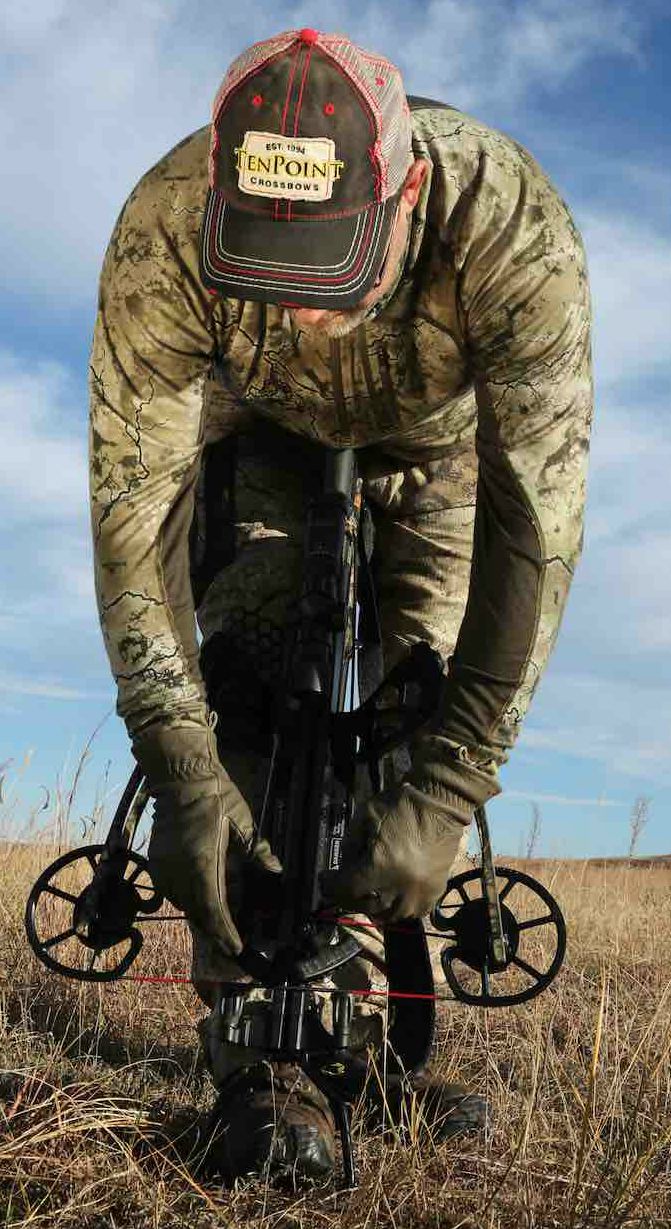 Crossbow safety is no joking matter. Fact: The energy stored in limbs and string is tremendous; crossbows can take your fingers off in the blink of an eye or shoot an arrow through the door of a modern vehicle. They are powerful, purposeful tools that demand respect.
Crossbow safety is no joking matter. Fact: The energy stored in limbs and string is tremendous; crossbows can take your fingers off in the blink of an eye or shoot an arrow through the door of a modern vehicle. They are powerful, purposeful tools that demand respect.
Consider the rules below the 10 commandments of crossbow safety.
1. Never walk or stalk with a cocked and loaded bow.
Don’t believe everything you see on television. Crossbows are cool tools and are often featured in movies and spellbinding shows, but the way Hollywood uses or portrays a crossbow is not reality. Put an arrow on the rail only when you are prepared to shoot.
2. Never leave your crossbow cocked for extended periods of time.
Crossbow limbs store an incredible amount of energy and are designed to be cocked and under pressure for short periods of time. Never leave the limbs cocked overnight and always discharge the bow at the end of the day. Make a habit of discharging your bow every time you take a break. Look at it as giving your bow a break. It will add life to your bow, as leaving a bow cocked for extended periods can cause cracks or breaks in the limbs.
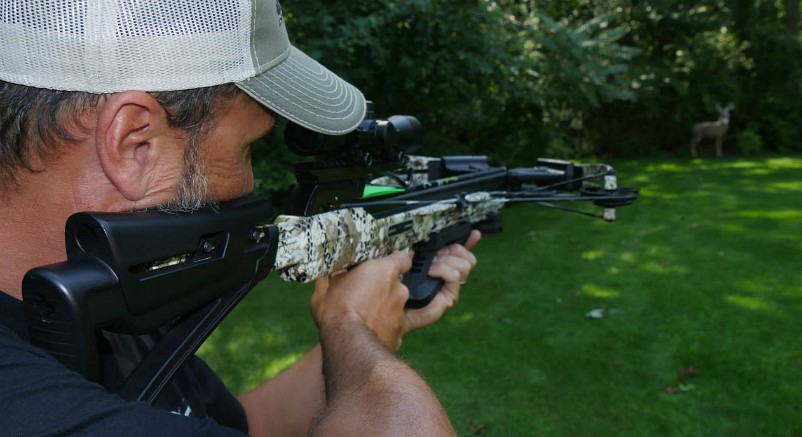 3. Finger/thumb clearance offers no recourse.
3. Finger/thumb clearance offers no recourse.
The string of a crossbow moves so fast when fired it will sever anything in its path, especially fingers or thumbs. Most crossbows come with safety features designed into the stock or forearm, making it difficult to put your digits near the rail. However, every year someone loses fingers. When teaching someone new about crossbows, always have them handle the bow first, showing you how they would shoot it. If fingers get in the way during their demonstration, you can point it out before the bow is ever cocked and fired.
4. Always make sure to properly seat your arrow to prevent dry fires.
Before shooting a crossbow, always make sure the nock on an arrow is in contact with the string when cocked. If there is a gap between the nock and string, the insane pressure and release of energy will blow your arrow apart, or jump right over it. If the arrow doesn’t blow up, the limbs on your bow might. Many manufacturers have anti-dry fire safeties to prevent such accidents, but it is always best to be aware of how any bow works.
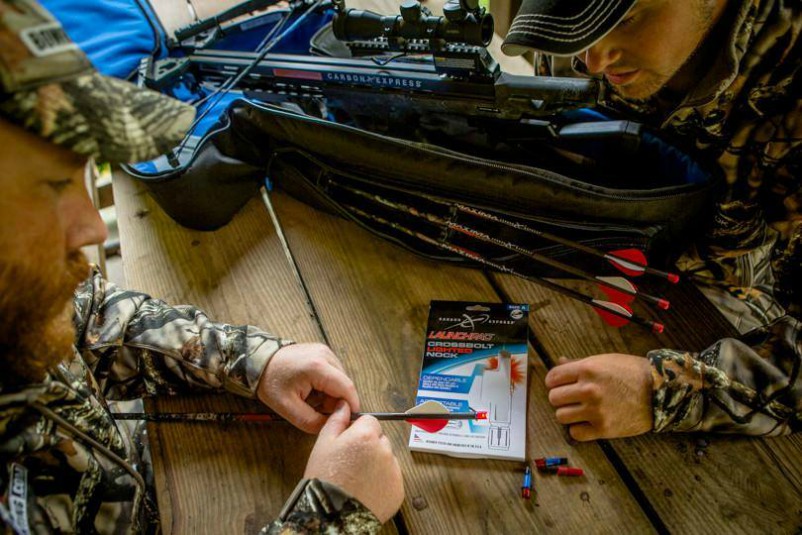 5. Always use the correct nock for your bow.
5. Always use the correct nock for your bow.
There is a reason crossbow manufacturers list the type of nock that should be used with it's bows. The nock has to stay in contact with the string when fired, and is designed to do so under the different physics of different bows. When using the wrong nock, the string can jump over the back of the arrow, causing a dry fire, damaging the bow and possibly injuring the shooter.
6. Lessons for first-time users are critical.
Never assume someone who is new to crossbows understands how they work. Regular shooters have a routine of checks to ensure the bow will operate safely so the shooter, and anyone around them, is safe. Crossbows are not toys and should only be introduced to someone new to them with proper handling and instruction. It can be exciting to learn how to use crossbows, but always balance it with safety. Hunter, shooter and archery education means long and successful enjoyment of the sport.
7. Limb clearance prevents explosions or misguided arrows.
Being aware of your surroundings and ensuring that you have proper limb clearance when your bow is fired means the bow won’t get damaged and the arrow will go where you are aiming it. Before cocking your bow, take one of your arrows and use it as a measure for the width of your bow to the outside of the limbs or cams making a mark or mental note as reference on the arrow. You can then use the arrow as reference for the clearance you’ll need in a blind or stand, or when hunting in cover. A limb releasing its pressure when fired can explode when it contacts another object. If unsure, uncock your bow and see what clearance is needed to safely utilize the bow where it can’t meet anything.
8. Uncock your bow safely.
What is the safest way to uncocked your crossbow? Shoot it! Trying to safely uncock a bow by letting the string down while pulling the trigger is a recipe for disaster. One wrong move and your crossbow will blow up and you will likely end up with shrapnel throughout your body. Carry a bag target in the field, use a bolt or arrow designed to uncock your bow, but don’t flirt with disaster by trying to let your string down.
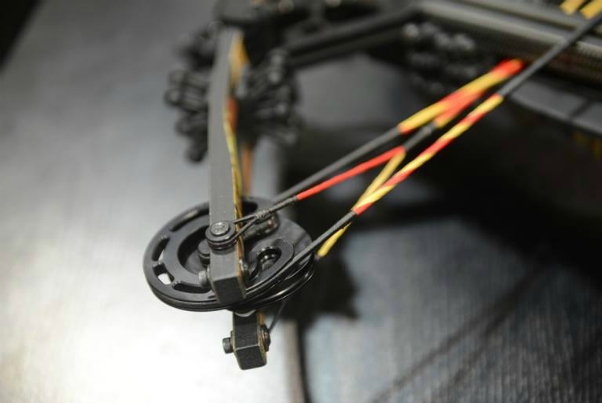 9. Inspections prevent exceptions.
9. Inspections prevent exceptions.
Regularly inspect your bow for maintenance issues such as loose screws, frayed strings, movement in the limb pockets or cams, and wear on the rail. Handling, travel, regular use and changes in temperature can cause screws to loosen and cause your crossbow to be unsafe. Carrying a set of Allen keys and regularly checking screws will allow you to quickly become familiar with how your bow should look and feel in good working order. When something goes awry, you should be able to spot it right away.
10. Worn strings are deadly things.
The string on any crossbow has only so many shots in it before it fails in some way. Regular maintenance and waxing will prolong life, but if it starts to fray or show wear, it has to be replaced. If you aren’t certain how to change the string, or require a bow press, take it to a professional to have it done properly. There are no shortcuts when dealing with strings that need to be replaced.
Crossbows are fun and efficient hunting tools. Take the time to learn how to use them safely and responsibly. Owner’s manuals can be a wealth of information and should be able to answer any question you have. If not, don’t be afraid to call the manufacturer and ask. There are no stupid questions, just regret.
Safety is never an accident.
